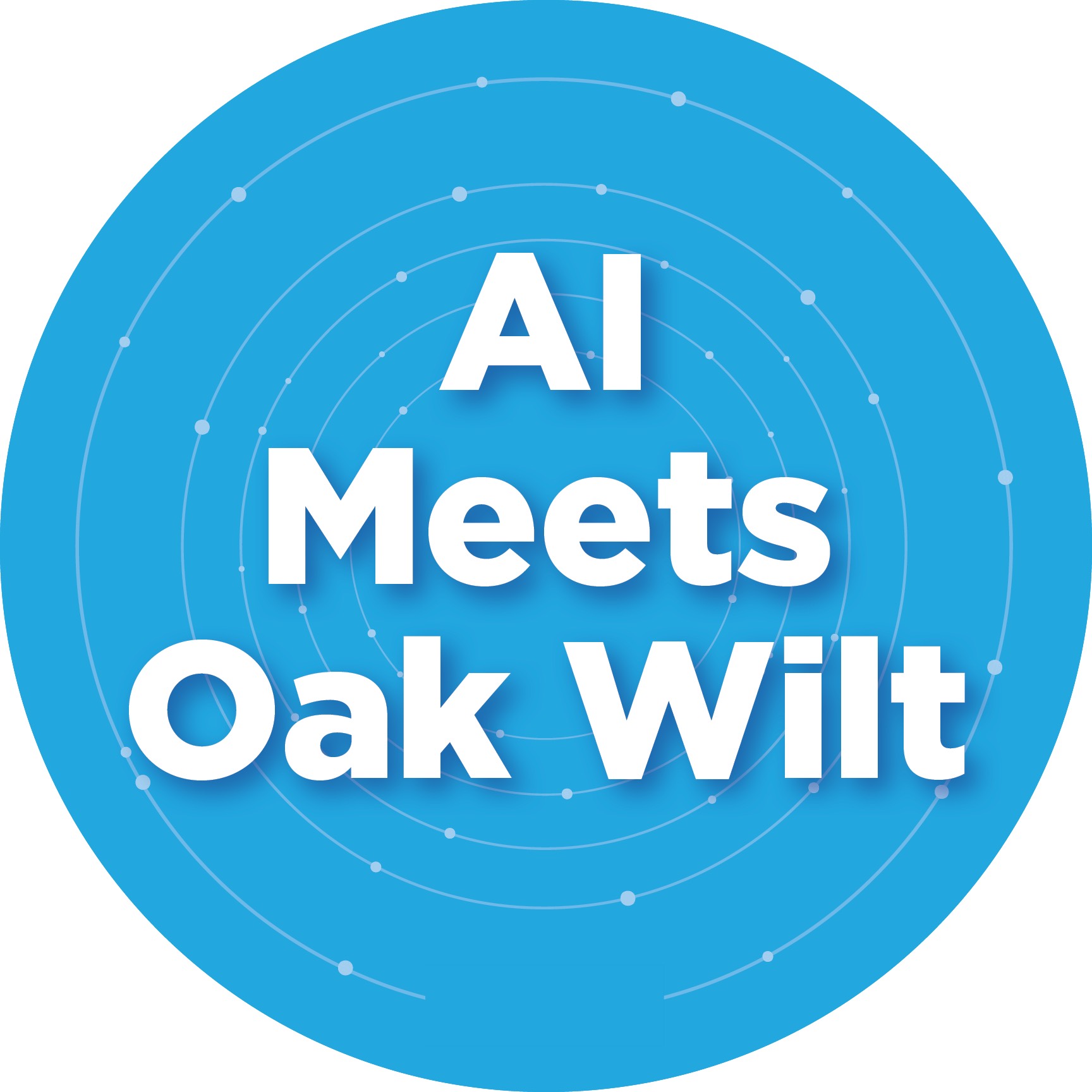
Oak wilt represents a critical threat to oak species, undermining ecosystem biodiversity and stability. This disease disrupts the water transport system within oaks, leading to a rapid decline and mortality of affected trees. The consequential loss of oaks severely impacts ecological services, including carbon sequestration, soil stabilization, and the provision of habitat for diverse wildlife.
Recent advancements in computer vision and deep learning present novel methodologies for the early detection and management of oak wilt. By leveraging these technologies, researchers can automate the identification of disease symptoms from aerial and ground-level imagery, facilitating prompt and targeted intervention strategies. This paper explores the integration of deep learning algorithms with computer vision techniques to detect oak wilt, aiming to enhance monitoring efforts and mitigate the disease's spread. The application of such technologies signifies a pivotal shift towards more efficient and scalable approaches in forest health management.
Presenter:
Rahat Ibn Rafiq, Assistant Professor, College of Computing
Community Partners:
Michigan DNR
Adopt-A-Hemlock
City of Grand Haven
Applied Computing Institute (GVSU)
